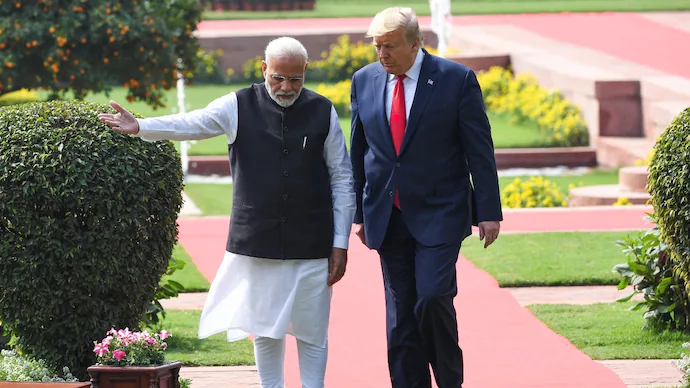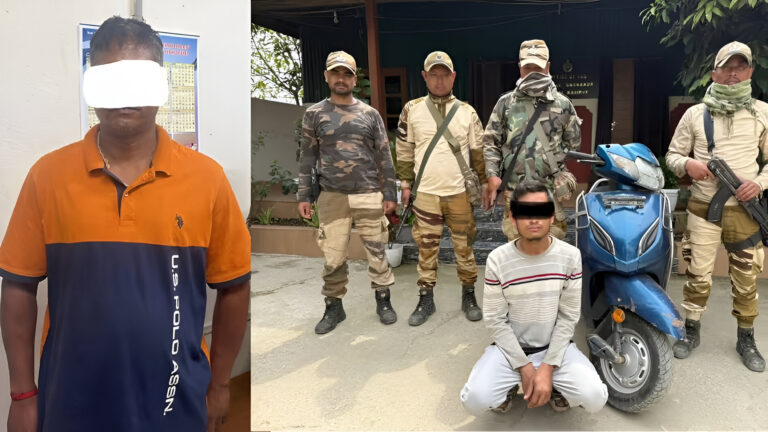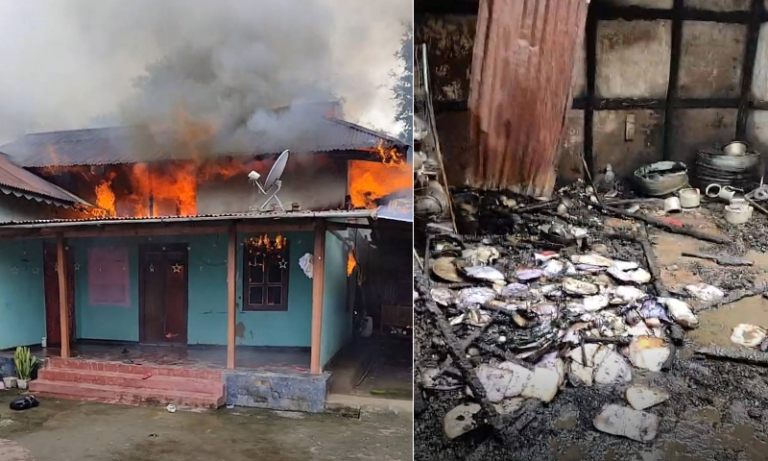PM Modi Likely to Visit the US Next Month: Will a UNGA Meeting with President Trump Calm the Tariff Storm?
Quick News Summary
Prime Minister Narendra Modi is likely to visit New York next month to attend the United Nations General Assembly (UNGA) session, and preparations are reportedly underway for bilateral talks with US President Donald Trump on the margins of the summit to try to defuse a brewing trade and tariff dispute between the two countries. There has been no final official confirmation from New Delhi yet, and the trip — if it happens — would come amid fresh tariff measures announced by Washington that have rattled Indian exporters and prompted urgent diplomatic outreach.
Why the timing matters: UNGA is more than a podium — it’s a diplomatic marketplace
The UN General Assembly isn’t just a place for speeches. Think of it as a large, global networking summit where serious private conversations — which can change the next year’s geopolitical weather — happen in hotel lobbies, corridor meetups, and tightly scheduled bilateral slots. If PM Modi does travel to New York in late September, he won’t only be going to speak; he’ll be going to negotiate, reassure, and try to reset relations at a time when trade friction is top of the agenda. The provisional UNGA calendar shows key high-level debate dates in late September, which would give leaders a natural window for side meetings.
Why does that matter? Because when leaders meet face-to-face, there is room for rapid course correction that ordinary diplomacy — memos, phone calls — often struggles to deliver. Trade disputes that look transactional on paper can become intensely personal at the top level. A handshake and a short, targeted conversation can unblock negotiators on both sides. That’s the core reason world leaders use the UNGA weeks to pair summit-speech drama with practical diplomacy.
What the media reports actually say — the current facts on the table
Multiple Indian and international outlets report that Modi is likely to visit the US in September for the UNGA session and that planning is underway for a bilateral meeting with President Trump to address trade frictions — especially recent tariffs announced by Washington. At the same time, several reports caution that no final government confirmation has been issued and that schedules are still provisional. So the headline is “likely,” not “confirmed.” That distinction matters: in diplomacy, the difference between likely and confirmed can change the tone of domestic political messaging and the pace of formal negotiation.
What sparked the current tariff row — a short primer
Here’s the core of the argument at the moment: the United States introduced additional tariffs on certain Indian goods, framed by Washington as penalties related to India’s energy procurement choices and wider trade frictions. Some reporting notes that an additional 25% tariff was announced in recent days over concerns that India continued importing Russian oil — pushing cumulative tariffs on some categories to very high levels. Those measures have prompted urgent contact at different levels between governments and businesses. India’s leadership is now seeking rapid engagement to prevent damage to exporters and to revive stalled trade talks.
It’s worth underlining that trade policy is rarely a black-and-white story about tariffs alone. Tariffs alter pricing, margins, and supply chains — and they also have political symbolism. For India, which is trying to push exports and create manufacturing jobs, sudden tariff hikes in a major market like the US are not just an economic hit — they’re politically sensitive and could affect domestic constituencies (exporters, farmers, manufacturers). That raises the stakes for a Modi–Trump conversation.
Final thoughts — A narrowly framed summit can change much, but nothing’s automatic
The possibility of PM Modi visiting the US and meeting President Trump at the UNGA is a classic example of diplomacy’s power to change short-term trajectories. A well-managed talk can pause escalation, buy negotiators time, and protect vulnerable exporters. But the converse is true too: a meeting that produces only symbolic language risks creating false optimism.
So what should we hope for? Clear, time-bound roadmaps that protect livelihoods and keep strategic ties stable while giving negotiators the runway they need to convert political will into enforceable outcomes. If leaders use the UNGA window to do exactly that, the trip will have been worth it for both economies and for global stability
FAQs
Q1: Is Prime Minister Modi’s US visit for the UNGA officially confirmed?
A1: As of the latest reporting, several credible outlets say a visit is likely, with planning underway for a UNGA trip and possible bilateral talks, but no final official confirmation has been released by the Indian government. Watch for an announcement from PMO/MEA for confirmation.
Q2: Why would Modi and Trump meet at the UNGA — what’s the point?
A2: The UNGA offers a concentrated period when many leaders and officials are in New York, making it practical for high-level, time-boxed bilateral meetings aimed at de-escalation, signaling, and roadmap-setting on urgent issues like the tariff dispute.
Q3: What triggered the tariff row between the US and India?
A3: The row escalated after the US announced additional tariffs on certain Indian goods — linked in public reporting to concerns over India’s continued energy purchases (including from Russia) and stalled trade talks — prompting New Delhi to seek high-level engagement.
Q4: Can a short leaders’ meeting really fix a tariff problem?
A4: A leaders’ meeting can set a political framework and mandate negotiators to find solutions, which often calms markets immediately. However, the technical work (agreements, tariffs, exemptions) must be done by trade officials and may take weeks or months.
Q5: What are the likely next steps after a Modi–Trump meeting?
A5: Expect an initial joint readout (if any), followed by direct engagement between trade teams, possible temporary measures or timetables for tariff review, and domestic measures to cushion affected sectors. Market reactions and official statements will offer early signals of progress.






